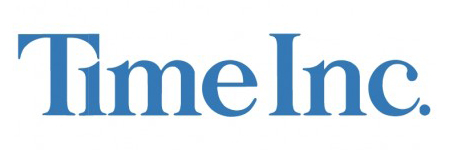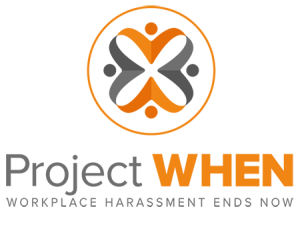Developing Workplace Protocols for an Open Office Floor Plan – Case Study – Time Inc.
Developing workplace protocols & etiquette for a move to an open office floor plan: a case study on media work environments
Workplace strategy to bridge the gap between people and place
Time Inc.’s relocation to an open office environment was unsurprisingly met with much resistance from those who would be affected by this change. Since 1959, employees had been situated in the iconic 1.2 million square foot, 48-story Time & Life Building at 1271 Avenue of the Americas. Their move to the new 700,000 square feet headquarters at 225 Liberty Street would result in a 42% reduction in real estate and would surely necessitate new ways of working.
Time Inc. turned to Stegmeier Consulting Group (SCG) to gain a better understanding of employee sentiments and help them prepare for new ways of working. SCG ensured alignment of the workforce strategy with Time Inc.’s new workplace strategy by bridging the gap between people and place.
Engaging your workforce to create office etiquette guidelines for a move to an open floor plan
With their disparate brands (Sports Illustrated, Fortune, Food & Wine, Real Simple, People, Travel + Leisure, Golf, Money, Cooking Light, and others) all coming together in a new, more collaborative space, Time recognized that there were a multitude of unique cultures to blend together. Involving these groups in the change management process would be crucial, but the overall organization wasn’t sure exactly how to make it happen.
With a goal of breaking down silos and leveraging the best ideas from each company brand, SCG’s approach emphasized inclusion and a sense of community in the implementation of change management activities to create a spirit of one team in order to settle quickly into their new, dramatically different office environment.
Ultimately, Time Inc. created an employee engagement group of 60 different individual contributors from the various brands impacted by the move. With the participation of these Move Captains, as they were called, SCG facilitated a number of Workplace Protocol Development Workshops, which were designed to gain consensus on appropriate employee behavior in a new and more open office environment. These brainstorming sessions ultimately yielded ideas from the participants about the new workplace etiquette and helped them not only get a better sense of what work would look like in the new space, but also build excitement for the change ahead. This excitement later worked its way through the rest of the workforce, helping to, in part, disarm some of the staunchest opponents to the coming workplace change.
Our consultants analyzed the results of the Protocol Development Workshops, incorporated best practices from other client engagements, and developed a Workplace Protocols Guide reflecting Time Inc.’s unique organizational culture.
Introducing the protocols to employees was accomplished in an entertaining way. In many cases, clients simply will email out an electronic copy of the protocols guide or give them to team members in a printed format upon move in or during a training session; Time Inc. however stayed true to its roots. A sequence of humorous video clips, featuring CEO Joe Ripp and other key influencers, jokingly demonstrated the poor etiquette that the Workplace Protocols were developed to squelch. SCG developed the themes and wrote the scripts for these videos, which were very well received by the Time Inc. workforce.
The benefits of engaging employees in the change management process
Two themes we observed on this project tie back directly to SCG’s workplace research on the 15 Critical Influences™ that greatly influence the success of any change initiative.
Leadership Behavior undoubtedly helped on this workplace initiative; seeing the executive team jokingly show team members how NOT to use the space gave employees something to talk and think about as they eased into their new work environment.
Similarly, by involving employees directly in the change process with the Move Captains, Time Inc. very wisely paid attention to Autonomy and Authority. Employees, by way of the engagement group, were granted the authority to help shape the guidelines for the space they’d be using every day. Upon moving into the space, it was clear to team members, as well, that they were empowered to use the spaces as intended and also politely address any behavior to the contrary of the agreed upon office etiquette.
From our experience, involving individual contributor employees in the process of creating workplace protocols (as opposed to an executive team merely handing off a finalized document for everyone to follow) is the best way to secure buy-in from the workforce. This approach, used by Time Inc., allows employees to take ownership of the workplace change, as opposed to feeling like change is happening to them.
Develop a set of workplace protocols for your company’s move to an open office floor plan
If you’re moving to a modern work environment, such as an open office floor plan or activity-based working, be sure to develop guidelines for employee behavior and usage of their workspace.
We’ve found it is best to get employees involved in the process, which dramatically increases their buy-in of the new workplace strategy. Take the first step by reaching out to Stegmeier Consulting Group through the form below.




